For nearly 20 years, Dita Von Teese has mesmerized audiences with her brand of burlesque – sexy and sophisticated, provocative and polished. And definitely laced with humor. I saw her perform at the Roxy the last time she was in Los Angeles and wanted to know more about her and how she puts the show together. Here is our chat via email.
FNB: Your show is terrific and your costumes are spectacular. In this current show, do you have a favorite number?
DVT: I was pretty excited to have the new Swarovski crystallized glass because it’s something I always dreamed of, and it makes doing my most-known show exciting for me again. But I also loved doing the powder compact, it’s a show I made over 15 years ago, so it was fun to do it again. The Opium Den is definitely my most extravagant overall, so it could be a favorite. …
It’s difficult to choose a favorite because I created each of these acts, and so there’s a lot of heart-felt effort time, and money put into each act, and so I perform then with great pleasure. It’s much different than an entertainer who steps onto the stage in a show of someone else’s design, choreography, etc. It’s a huge process to build these acts, and so by the time each one comes together, it’s nearly impossible to say I like one more than the other!
FNB: I’ve read that you do your own makeup. Do you design your costumes? If not, can you talk about where they come from?
DVT: I work very closely with the costumers, I have very definite ideas of what I want to wear and the function of the costume. I like to give some creative freedom to the costumer, but in the end I have to be very attentive to how it’s made and how it looks as each piece of clothing come off. …
Each time a piece drops to the floor, it has to be a new, beautiful look worthy of a photo. I have costumes designed by fellow burlesque performer Catherine D’Lish, and it’s great to work with her because she actually puts the costume on and can feel what’s right and really understands the functions of the costume. I have costumes designed by haute couturiers Elie Saab, Christian Dior and Mr. Pearl too, and they’re beautifully made, and each has a very different style.
It’s a lot of fun to work with these designers because their tailoring and attention to detail is amazing. Elie Saab did three gowns for me, and one is a long sheer gown covered in silver embroidered stars and I remember asking for a piece of the fabric to make a g-string out of and they came out of the atelier in Paris with two things: a piece of fine tulle and a bag of tiny beads. I had no idea that each and every tiny bead on this incredible, sweeping gown had been hands sewn on. THAT is haute couture! I also work with Christian Louboutin for all my shoes for the shows, and we have fun in his atelier coming up with new extravagant ideas for show-shoes … he’s working on something now that is amazing!!
FNB: From what I’ve read, your Mom was a big fan of old movies and got you hooked as well. What are some of your favorite films from the 1940s?
DVT: I’m a big fan of WWII era Technicolor musicals with Betty Grable and Carmen Miranda. These are my absolute favorites!
FNB: Any film-noir favorites?
DVT: I like ’40s era film noir, but I admit I am not a film noir expert as much as a Technicolor expert! I would love to have your recommendations!
FNB: I liked your role in the “CSI” episode, “A Kiss Before Frying.” Did you enjoy it and do you have any more plans to act in film noir-inspired projects?
DVT: Well, I have to admit that I did “CSI” because Eric Szmanda (who plays Greg) is a very close friend of mine, and we always jokingly talked about it, but you know, being a burlesque dancer, mainstream American TV seemed very out of reach for me. I was happy to have the experience, and really happy to bring a bit of authentic burlesque to a wider audience, especially in the wake of the commercialization and sanitization of burlesque that we see a lot of lately. …
I insisted that I take my bra off for the burlesque part of the story, because I’m tired of seeing burlesque portrayed as just retro-style dancing and singing, because it’s NOT. Gypsy Rose Lee, the most celebrated burlesque star of all time from the ’30s and ’40s, was a stripper, and wasn’t offended by the term at all. [Read more…]
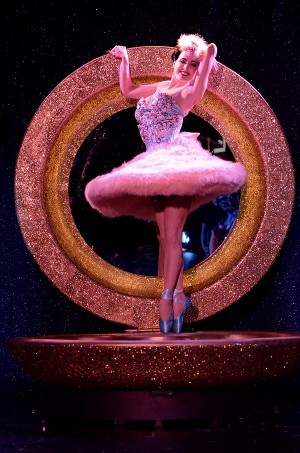
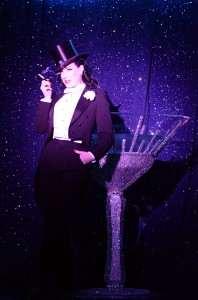





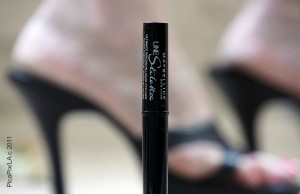
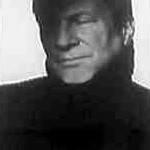




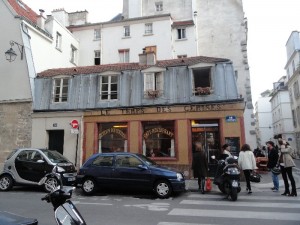
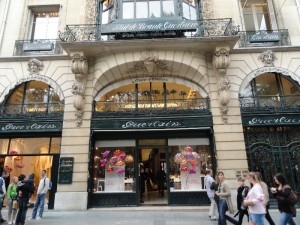






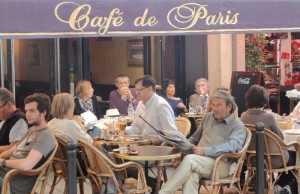


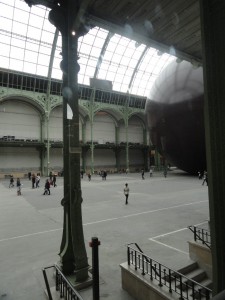

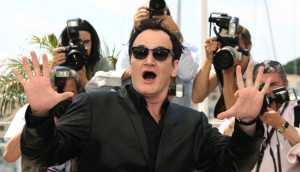
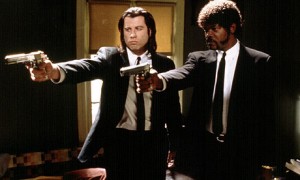
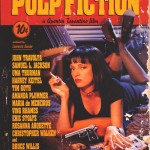
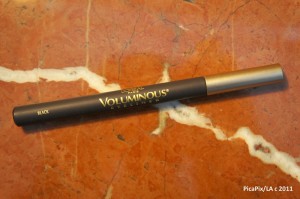
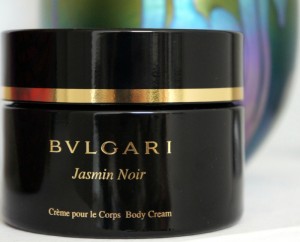

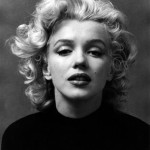
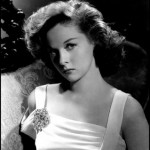





From FNB readers